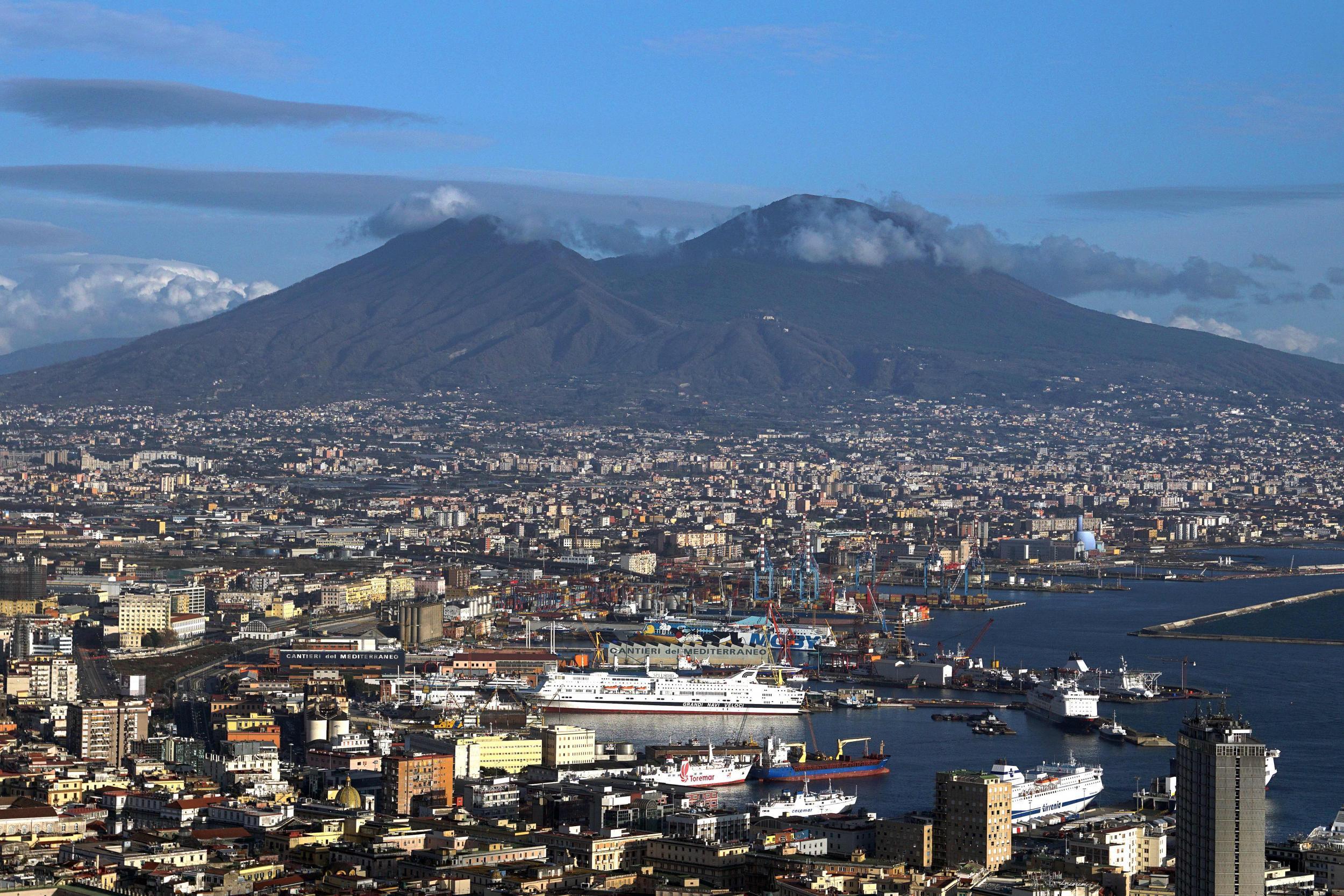'Very dangerous' supervolcano under Naples showing signs of reawakening
The Campi Flegrei may be nearing a critical pressure point, according to scientists

One of the world’s most dangerous supervolcanoes is showing signs of reawakening under the Italian city of Naples.
The Campi Flegrei may be nearing a critical pressure point necessary to drive an eruption for the first time in 500 years, according to scientists.
Researchers say the volcano is moving towards a threshold beyond which rising magma could spark the release of fluids and gases at 10 times the normal rate.
This surge would cause an injection of extremely hot steam into surrounding rocks, Giovanni Chiodini, lead author of the study, told AFP.
“Hydrothermal rocks, if heated, can ultimately lose their mechanical resistance, causing an acceleration towards critical conditions,” he said.
This could ultimately trigger a “very dangerous” eruption for the three million people living in the area.
Since 2005, the Campi Flegrei has been undergoing “uplift”, which is the accumulation of magma under the surface of a volcano.
In response, Italian authorities raised the threat level from green to yellow in 2012, signalling the need for the supervolcano to be actively monitored.

Four years ago, scientists warned any eruption could kill millions living near or on top of the volcano.
"These areas can give rise to the only eruptions that can have global catastrophic effects comparable to major meteorite impacts," said Giuseppe De Natale, head of a project to monitor the volcano's activity.
The Campi Flegrei caldera – a depression created after a volcano blows its top – was formed 39,000 years ago after the largest eruption seen in Europe for 200,000 years.
Nearby Mount Vesuvius, whose massive eruption buried Roman settlements including Pompeii in AD79, is also considered an active volcano.
A supervolcano is any volcano capable of an eruption that ejects a volume of material greater than 1,000km3, which is thousands of times larger than normal eruptions.
The study has been published in the scientific journal Nature Communication.
Join our commenting forum
Join thought-provoking conversations, follow other Independent readers and see their replies
Comments